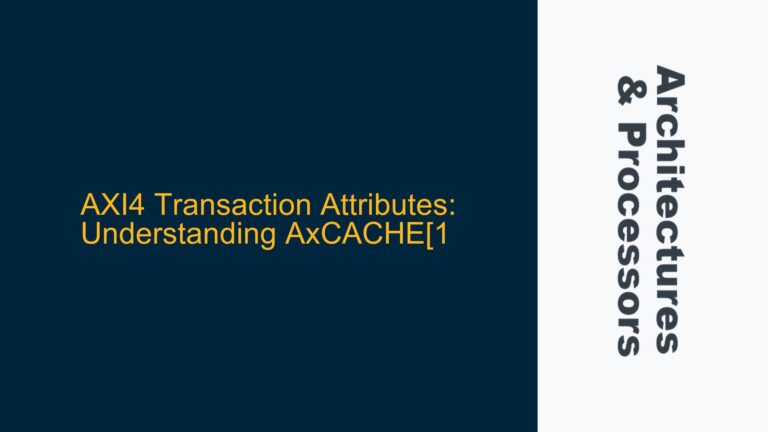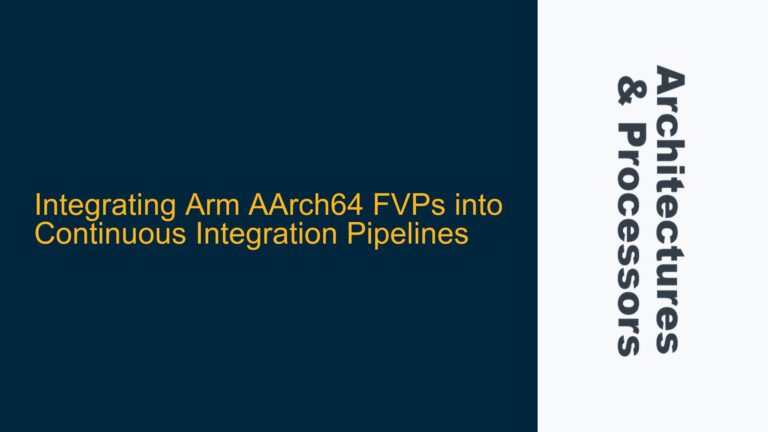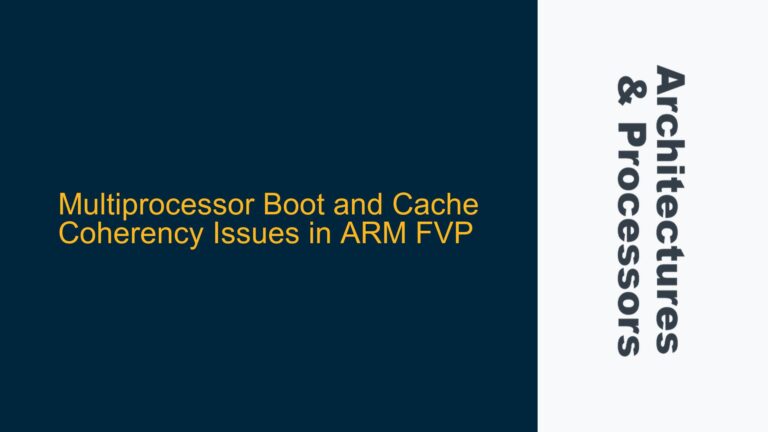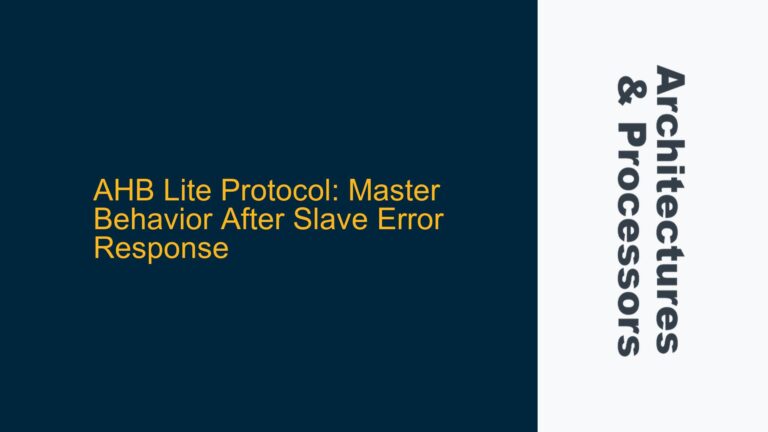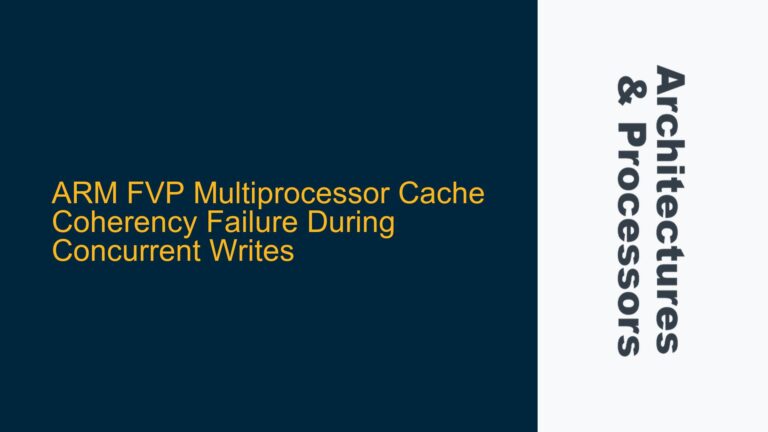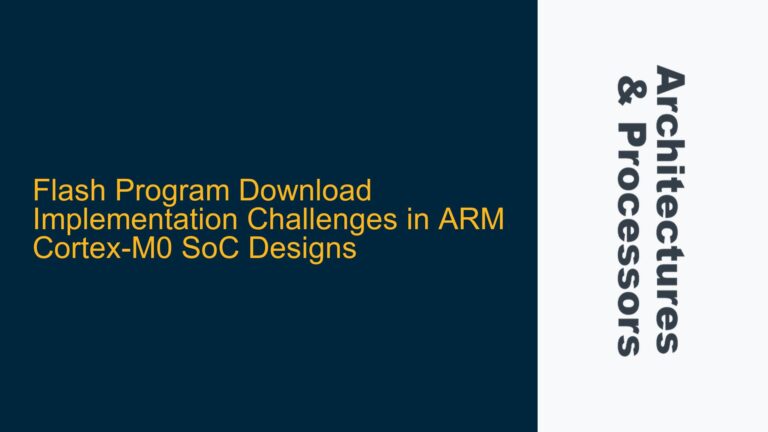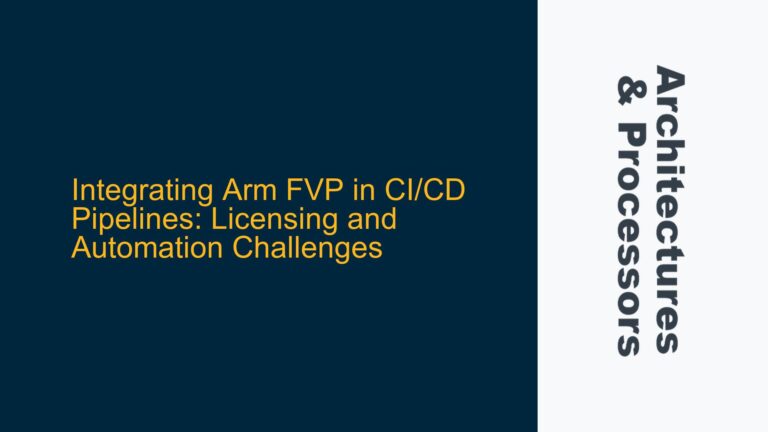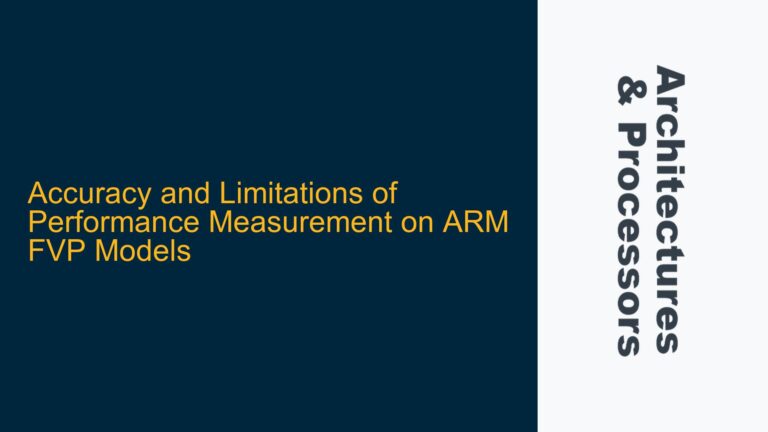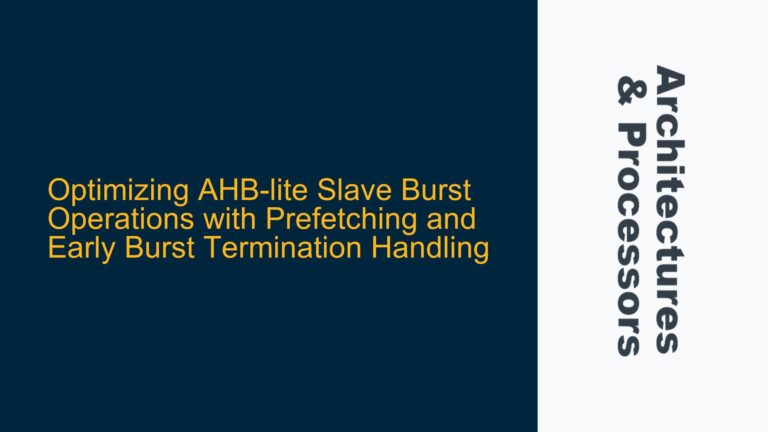AXI4 Transaction Attributes: Understanding AxCACHE[1
AxCACHE[1] Bit Behavior in Write and Read Transactions The AxCACHE[1] bit in the AXI4 protocol is a critical attribute that governs how transactions are handled in terms of merging, prefetching, and reusing data. Specifically, when AxCACHE[1] is asserted, it indicates that the transaction is cacheable, which has distinct implications for write and read operations. For…
